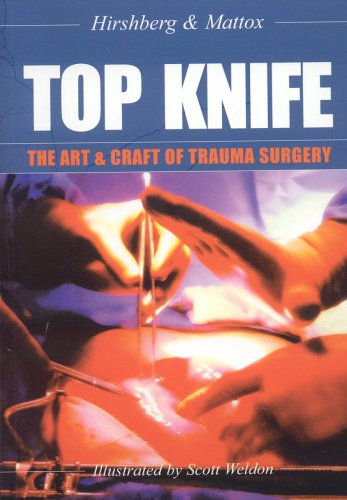

Most ebook files are in PDF format, so you can easily read them using various software such as Foxit Reader or directly on the Google Chrome browser.
Some ebook files are released by publishers in other formats such as .awz, .mobi, .epub, .fb2, etc. You may need to install specific software to read these formats on mobile/PC, such as Calibre.
Please read the tutorial at this link: https://ebookbell.com/faq
We offer FREE conversion to the popular formats you request; however, this may take some time. Therefore, right after payment, please email us, and we will try to provide the service as quickly as possible.
For some exceptional file formats or broken links (if any), please refrain from opening any disputes. Instead, email us first, and we will try to assist within a maximum of 6 hours.
EbookBell Team

4.1
80 reviewsThis book will help you take a badly wounded patient to the operating room, organize yourself and your team, do battle with some vicious injuries and come out with the best possible result. It is a practical guide to operative trauma surgery for residents and registrars, for general surgeons with an interest in trauma, and for isolated surgeons operating on wounded patients in military, rural or humanitarian settings. A surgical atlas may show you what to do with your hands - but not how to think, plan and improvise. Here you will find practical advice on how to use your head as well as your hands when operating on a massively bleeding trauma patient.
The first part of this book presents some general principles of trauma surgery. The focus is not on how you should be sewing but rather on how you should be thinking and planning. These skills are rarely, if ever, taught in surgical training. The second part of the book is about trauma surgery as a contact sport. Here we show you how to deal with specific injuries to the abdomen, chest, neck and peripheral vessels. An important theme in this section is how things can go wrong, an aspect of trauma surgery seldom discussed in standard texts. Experience has taught us that learning the pitfalls is an essential part of learning to operate.
The single most important lesson we hope you will derive from this book is to always keep it simple - because, in trauma surgery, the simple stuff works.